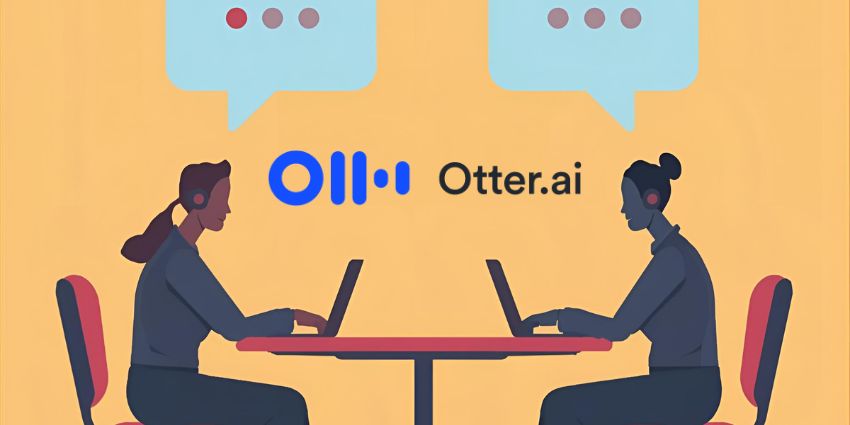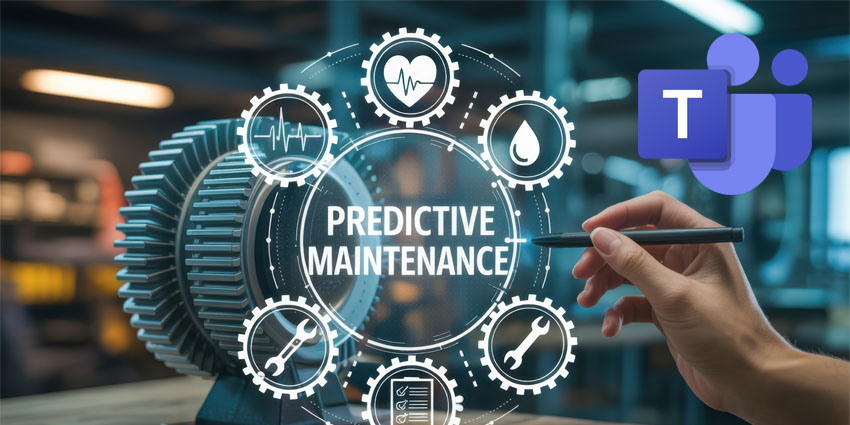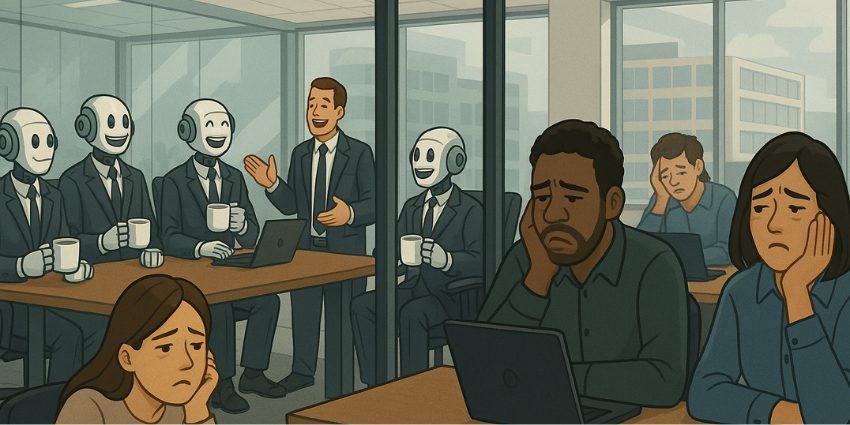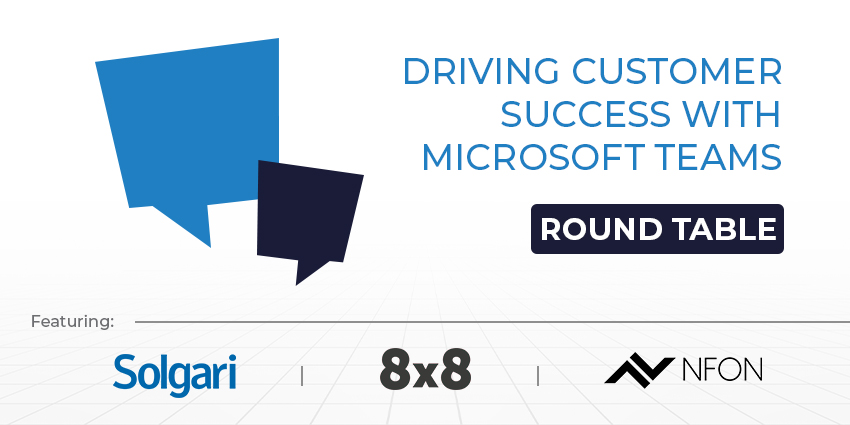Otter.ai, long known as the AI-powered note-taker that quietly captures meeting conversations, is now making a bold play for the enterprise.
The California–based company has launched a sweeping set of new enterprise-grade features, marking a significant evolution from transcription tool to a centralized, AI-powered repository for corporate knowledge.
With over one billion meetings captured, Otter now wants to be the connective tissue between the world’s biggest collaboration platforms – Zoom, Teams, and Google Meet.
We’re committed to empowering enterprises to transform their meetings into dynamic, searchable knowledge bases that drive smarter decisions and greater collaboration,” says Sam Liang, co-founder and CEO of Otter.ai.
“With our new suite of enterprise features, we’re making it easier than ever for teams to capture, organize, and leverage the insights from every conversation, no matter where work happens, with the confidence that their data is secure and compliant.”
From Transcription to Transformation
For years, Otter’s core pitch has been simple: record a meeting, get an accurate transcript, and never miss an action item again.
But as AI evolves, so have expectations. Today’s enterprises want context, automation, and seamless integration – not just transcripts sitting in silos.
Otter’s new enterprise suite aims to address that head-on, with its latest features turning meeting data into structured, actionable knowledge that can be shared, queried, and even used by other AI systems.
What’s New?
The new suite includes six major features designed for large organisations looking to bridge human communication with AI-driven automation:
- MCP (Model Context Protocol) Server:
One of the most intriguing features is Otter’s adoption of the Model Context Protocol (MCP) – an emerging standard that enables AI-to-AI communication. In plain English: Otter can now feed meeting intelligence directly into other AI systems, like Anthropic’s Claude, to enhance cross-platform understanding and automation. It’s an early glimpse of a world where enterprise AIs talk to each other, not just to humans. - Custom Integrations via Public API:
Otter’s new public API lets companies plug meeting data directly into their internal systems – from CRMs and project management tools to proprietary analytics platforms. That means a sales conversation in Zoom can automatically update a CRM record or trigger a task in Asana, creating a continuous loop between meetings and operational systems. - Agentic AI Chat:
The platform’s upgraded chat interface now supports deeper interaction with meeting data. Users can query across their organisation’s meeting history, access CRM data (including Salesforce and HubSpot integrations), and see context pulled in automatically from screenshots and related documents. - Enterprise-Grade Security:
With new HIPAA compliance, advanced admin controls, and granular data retention policies, Otter is stepping squarely into regulated industries. Healthcare, finance, and legal teams can now deploy Otter with more confidence that data privacy and compliance boxes are fully checked. - Tailored Meeting Summaries:
The new AI summarisation engine adapts automatically to the type of meeting. Sales teams get pipeline updates and next steps; marketing gets campaign insights; HR sees follow-up tasks and hiring progress. The summaries are customisable, allowing companies to define their own templates and KPIs. - Desktop App:
Finally, Otter’s new desktop app offers a bot-free way to record and manage meetings directly, giving users flexibility while maintaining enterprise control over data capture.
The Bigger Picture: AI as the New Corporate Memory
Otter’s enterprise push comes amid a wave of AI platforms competing to own the corporate “memory layer” – the place where unstructured data like conversations, documents, and chat histories turn into actionable intelligence.
Tools like Notion, Slack, and Microsoft Copilot are already vying for that territory.
Otter’s differentiation is its deep specialization in voice and meetings – a category that still represents an enormous volume of untapped information.
The addition of MCP support suggests Otter is also thinking beyond the single-app paradigm.
By becoming a node in the broader agentic ecosystem – where AI systems collaborate autonomously – Otter could play a central role in how enterprise AI workflows evolve.
A Platform Play in Disguise?
The company’s expansion comes at a moment when meeting AI tools are proliferating fast.
Startups like Fireflies.ai, Fathom, and Rewatch have carved out their own niches in the space, while larger players such as Zoom and Microsoft have rolled out native AI note-taking and summarisation features.
But Otter’s cross-platform integrations – combined with its security posture and API openness – may give it an edge in enterprise adoption. Rather than forcing organisations into one ecosystem, the company is betting on interoperability and data portability.
With deep integrations spanning Salesforce, HubSpot, Notion, Asana, Atlassian, and Zapier, Otter appears to be positioning itself as exactly that: the meeting layer that connects all layers.
If Otter’s early enterprise traction holds, the announcement could mark the company’s transformation from SaaS product to full-fledged platform.
Its new features effectively turn meeting data into a structured API – and in doing so, they open the door to new forms of automation, analytics, and even generative content creation powered by meeting context.







